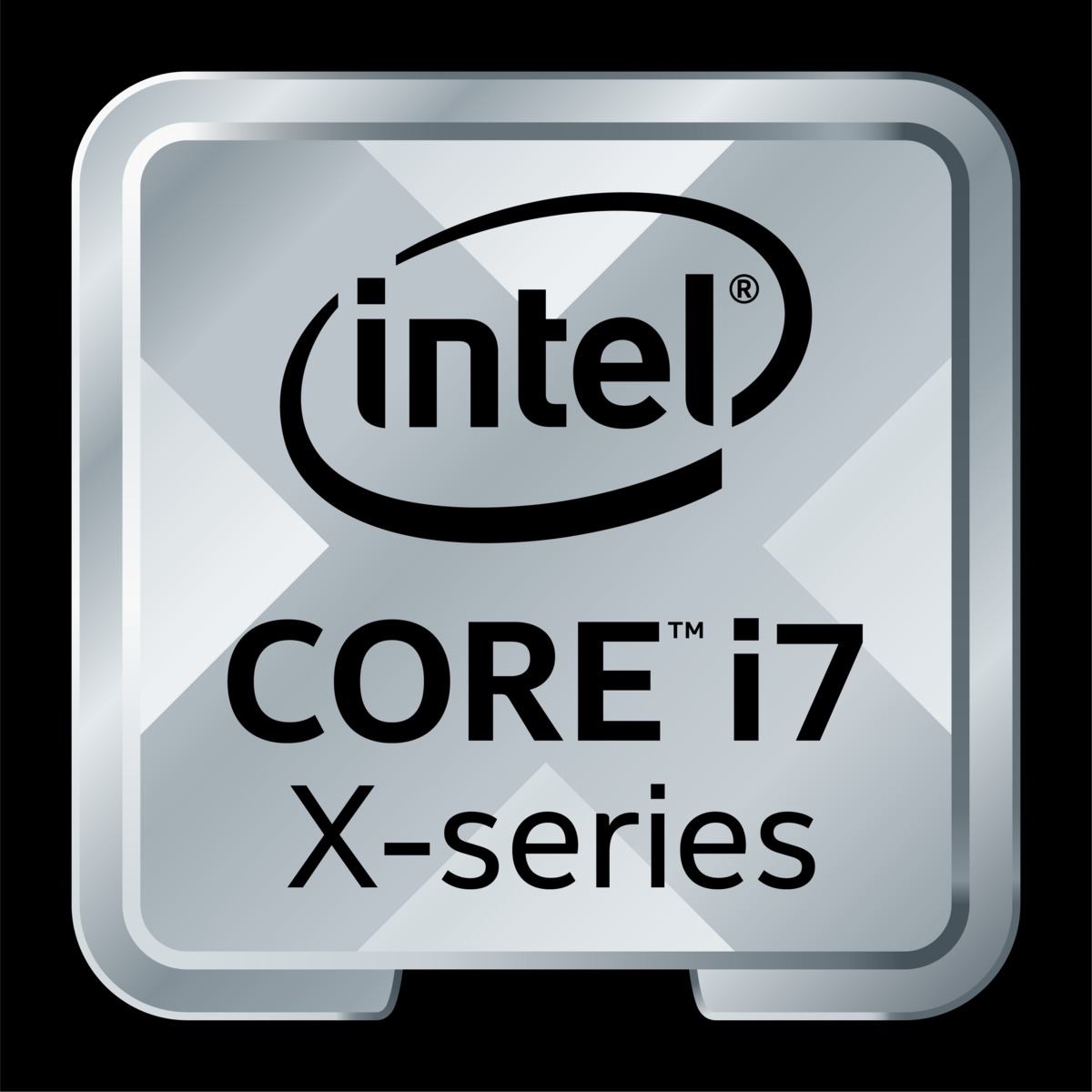I just stumbled upon this thread on reddit:
I did use the 'old' cables that were all neatly routed by the PCS guys. Since it was from a Corsair PSU I thought it would be fine. They look and fit identically.
I did use the 'old' cables that were all neatly routed by the PCS guys. Since it was from a Corsair PSU I thought it would be fine. They look and fit identically.



